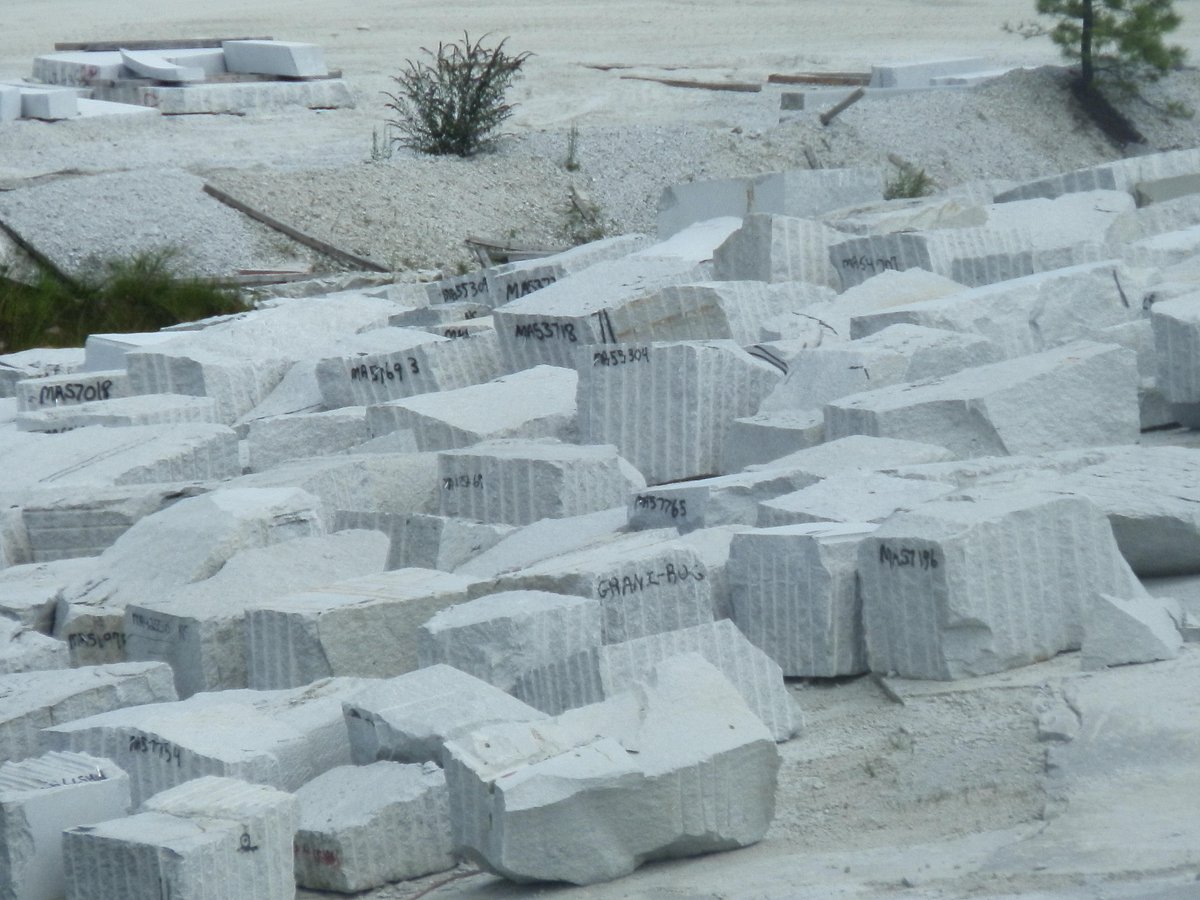The Concealed Treasures: Checking Out Granite Quarries in South Africa
The Concealed Treasures: Checking Out Granite Quarries in South Africa
Blog Article
Uncovering the Rich History and Sustainable Practices of Granite Quarrying
As we base on the precipice of uncovering the complex tapestry of granite quarrying, a journey with time reveals not simply the physical act of extracting rock however likewise the social and historical value woven into the extremely textile of this method. From the old origins that laid the foundation for modern-day quarrying techniques to the lasting methods that are forming the future of this sector, each chisel mark on granite surfaces narrates waiting to be unearthed (granite quarries in south africa). The tradition of granite quarrying extends far beyond mere removal; it is a testament to human ingenuity, strength, and the long-lasting allure of this majestic rock
Ancient Origins of Granite Quarrying
Going back to old human beings, the practice of quarrying granite has been an important component of human background and architectural development. The earliest proof of granite quarrying days back to old Egypt, where huge pyramids and complex sculptures were crafted from this long lasting rock. The Egyptians made use of primitive devices to draw out granite blocks from quarries, showcasing the value of this material in their significant buildings.
Progressing in background, the Greeks additionally made substantial contributions to the quarrying of granite. The Greeks used granite in different building wonders, such as holy places and statuaries, demonstrating their skill in shaping and carving this sturdy stone. The Romans better improved the strategies of quarrying granite, using innovative devices like blades and hammers to remove and form granite for their famous frameworks.
With the centuries, the method of quarrying granite has developed, with modern technologies boosting performance while keeping the ageless appeal of this natural rock - granite quarries in south africa. From old human beings to modern home builders, the tradition of granite quarrying continues to shape our globe
Advancement of Quarrying Strategies
The development of quarrying techniques has actually been marked by a continual progression in the direction of greater performance and precision in removing granite. Early quarrying strategies included manual labor with fundamental devices such as chisels, hammers, and wedges to remove granite blocks from the planet.
In even more current times, the advent of equipment reinvented the quarrying market, allowing quicker extraction rates and raised productivity. Technologies such as ruby cord saws, high-pressure water jets, and pneumatic drills have come to be basic in modern-day quarries, allowing for accurate cutting and lowered waste. Furthermore, improvements in computer-controlled tools and 3D modeling have actually Clicking Here enhanced quarrying procedures, bring about minimal environmental effect and boosted sustainability techniques. As the demand for granite remains to rise, the development of quarrying methods continues to be essential to meeting sector requires efficiently and sustainably.
Social Value of Granite
Granite holds an extensive cultural significance across numerous human beings due to its long-lasting visibility in architectural masterpieces and prized monuments. The cultural importance of granite extends beyond its physical attributes; it personifies strength, stability, and timelessness, making it an icon of sustaining legacies and practices.

Lasting Practices in Quarrying
Among the abundant history of granite quarrying and its social value exists a growing focus on sustainable practices within the sector. As ecological understanding and worries regarding resource depletion have increased internationally, the quarrying market has progressively accepted sustainable approaches to reduce its effect on the environment and bordering communities.

Furthermore, reclamation and rehabilitation of quarry sites post-extraction are integral to sustainable practices. By bring back quarried areas to an all-natural or beneficial state, such as developing wild animals environments or entertainment areas, quarriers can counter the environmental impact of their procedures and add positively to the neighborhood ecological community.
Heritage of Granite Quarrying
With a historic backdrop steeped in workmanship and industrial development, what withstanding influence has granite quarrying left on the landscape of modern culture? The legacy of granite quarrying goes beyond mere extraction practices; it has shaped building wonders, city landscapes, and social heritage worldwide. The long lasting nature of granite has made it a recommended selection for monuments, structures, and facilities, standing as a testament to the ability and creativity of quarry workers across generations.
Moreover, the financial footprint of granite quarrying can not be neglected. The sector proceeds to offer job opportunity and drive local economic climates in regions where granite removal prevails. It has additionally stimulated technological innovations in quarrying strategies and tools, causing more reliable and lasting methods.
In regards to sustainability, the tradition of granite quarrying consists of efforts to alleviate environmental influences with improvement projects and accountable source management. By stabilizing economic passions with environmental stewardship, the market strives to make certain that future generations can continue to profit from this long-lasting natural deposit.
Verdict

Report this page